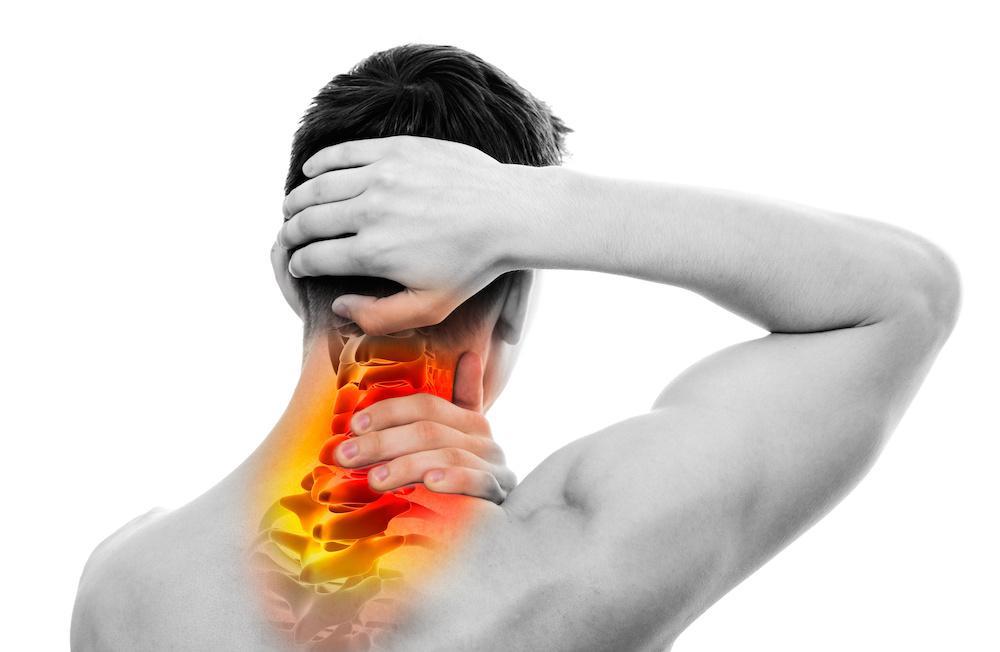
Trigeminal Neuralgia
THE CONDITION
It is a kind of facial Pain. It has been described as among the most painful conditions known. Trigeminal neuralgia affects women more often than men, and it’s more likely to occur in people who are older than 50. Trigeminal neuralgia is a chronic pain condition that affects the trigeminal nerve, which carries sensation from your face to your brain.
If you have trigeminal neuralgia, even mild stimulation of your face — such as from brushing your teeth or putting on makeup — may trigger a jolt of excruciating pain.
SYMPTOMS OF TRIGEMINAL NEURALGIA
Trigeminal neuralgia symptoms may include one or more of these patterns
- Episodes of severe, shooting or jabbing facial pain that may feel like an electric shock
- Spontaneous attacks of facial pain or attacks triggered by things such as touching the face, chewing, speaking and brushing teeth
- Bouts of facial pain lasting from a few seconds to several seconds
- Episodes of several attacks lasting days, weeks, months or longer —some people have periods when they experience no pain
- Pain in areas supplied by the trigeminal nerve (nerve branches), including the cheek, jaw, teeth, gums, lips, or less often the eye and forehead
- Pain affecting one side of your face.
- Pain focused in one spot or spread in a wider pattern
- Attacks becoming more frequent and intense over time
CAUSES OF TRIGEMINAL NEURALGIA
- Pressure of a blood vessel on the trigeminal nerve.
- Physical damage to the nerve caused by dental or surgical procedures, injury to the face or infections.
- Over time, changes in the blood vessels of the brain can result in blood vessels rubbing against the Trigeminal Nerve Root.
- Trigeminal neuralgia can occur as a result of aging, or it can be related to multiple sclerosis or a similar disorder that damages the myelin sheath protecting certain nerves
- Pressure of a tumor on the trigeminal nerve (rare)
TRIGGERS OF TRIGEMINAL NEURALGIA
A variety of triggers may set off the pain of trigeminal neuralgia, including
- Shaving
- Stroking your face
- Eating
- Drinking
- Brushing your teeth
- Talking
- Putting on makeup
- Encountering a breeze
- Smiling
DIAGNOSIS OF TRIGEMINAL NEURALGIA
A diagnosis of trigeminal neuralgia is primarily based on a description of your pain, including the
- Type- Pain related to trigeminal neuralgia is sudden, shock-like and brief.
- Location- The parts of your face that are affected will tell the doctor if the trigeminal nerve is involved
TESTS USED TO CONFIRM THE DIAGNOSIS MAY INCLUDE
A neurological examination. Touching and examining parts of your face can help the doctor determine exactly where the pain is occurring and
- — if you appear to have trigeminal neuralgia
- — which branches of the trigeminal nerve may be affected.
Magnetic resonance imaging (MRI). An MRI scan of your head can show if multiple sclerosis is causing trigeminal neuralgia.
Facial pain can be caused by many different disorders, so an accurate diagnosis is important. The doctor may order additional tests to rule out other conditions.
TRIGEMINAL NEURALGIA TREATMENT
Trigeminal neuralgia treatment usually starts with medications, and many people require no additional treatment. However, over time, some people with the disorder eventually stop responding to medications, or they experience unpleasant side effects. For those people intervention is required.
MEDICATIONS
Medications to lessen or block the pain signals sent to your brain are the most common initial treatment for trigeminal neuralgia.
ANTICONVULSANTS
ANTISPASMODIC AGENTS
RADIOFREQUENCY ABLATION OF TRIGEMINAL NERVE
This procedure selectively destroys nerve fibers associated with pain. At DR YUVRAJ PAIN CLINIC, we do all this pain procedure very routinely. Our expert hands at clinic do procedure in few minutes and you will become pain free.
This procedure can be done under local anesthesia. After giving local injection on patient cheek, Doctor insert radio frequency needle. Under constant CT Scan Guidance Doctor guides needle in proper direction.
Once need is at proper position(on foramen ovale) on nerve we give radio frequency current for 2 to 3 minutes, Which will destroy the selective sensory fibers of trigeminal nerve.
This procedure will take around 30 minute. Pain relief is immediate after procedure. This procedure is safer than major surgical procedure and gives good pain relief as compare to surgery. Our treatment for trigeminal Neuralgia is without Surgery.
This procedure is an USA,FDA approved procedure.
ALCOHOL INJECTION
Alcohol injections provide temporary pain relief by numbing the affected areas of your face. The doctor will inject alcohol into the part of your face corresponding to the trigeminal nerve branch causing pain. The pain relief isn’t permanent, so you may need repeated injections or a different procedure in the future.
Side effects may include infections at the injection site, bleeding and damage to nearby nerves.Alcohol injections are obsolete these days and very rarely some doctors are using it due to cost constrain.
SURGICAL INTERVENTIONS FOR TRIGEMINAL NERVE
MICRO VASCULAR DECOMPRESSION (MVD)
This is a major surgical procedure. It involves posterior fosse exploration in brain.
During MVD, the doctor makes an incision behind the ear on the side of your pain. Then, through a hole in your skull, part of your brain is lifted to expose the trigeminal nerve. Any artery in contact with the nerve root is directed away from the nerve, and the surgeon places a pad between the nerve and the artery.
While MVD has a good success rate, it carries risks. There are chances of decreased hearing, facial weakness, facial numbness, double vision, and even a stroke or death.
BALLOON COMPRESSION
In balloon compression of the trigeminal nerve, the doctor inserts a hollow needle through your face and into an opening in the base of your skull. Then, a thin, flexible tube (catheter) with a balloon on the end is threaded through the needle.
The balloon is inflated with enough pressure to damage the nerve and block pain signals. Balloon compression successfully controls pain in most people, at least for a while. Most people undergoing this procedure experience some facial numbness, and some experience temporary or permanent weakness of the muscles used to chew.
GAMMA-KNIFE RADIOSURGERY (GKR)
This procedure involves delivering a focused, high dose of radiation to the root of the trigeminal nerve.
Gamma-knife radiosurgery uses radiation to damage the trigeminal nerve and reduce or eliminate pain. Relief occurs gradually and can take several weeks to begin. side effects, which may include lasting loss of facial sensation.



